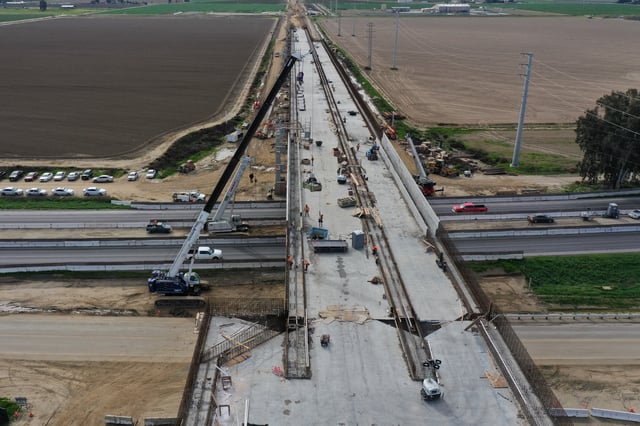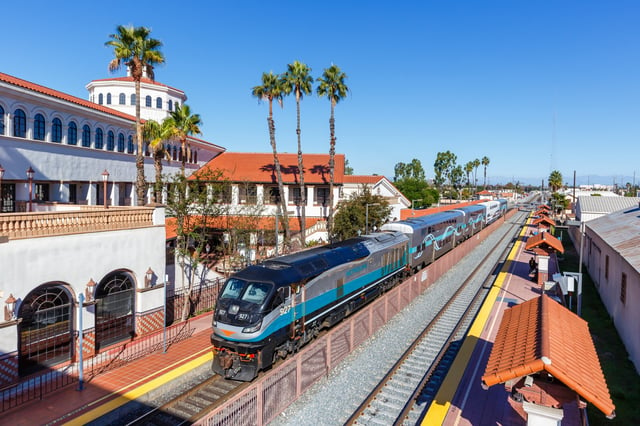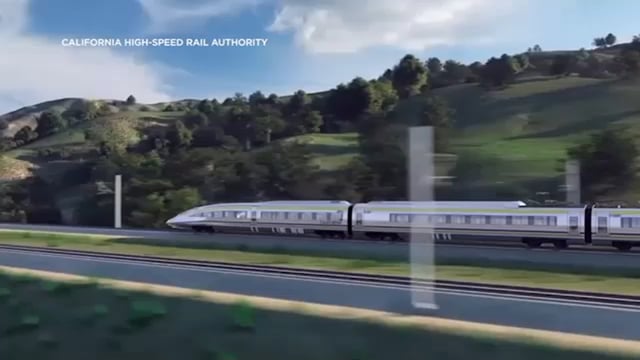Overview
- California’s rail authority released a supplemental plan outlining three options: Merced–Bakersfield service targeted for 2032, an extension to Gilroy by early 2038, and a larger build reaching Palmdale with Los Angeles connections by roughly 2038–2039.
- The 171-mile Merced–Bakersfield segment is estimated at $36.75 billion and is projected to require operating subsidies, with forecast revenue falling short of operating and maintenance costs.
- An extension to Gilroy carries an estimated $54.4 billion cost by 2038, while a broader option to Palmdale and connections into Los Angeles is pegged at about $87.1 billion with a potential future link to Brightline West.
- After the Transportation Department rescinded roughly $4 billion in grants in July, the High-Speed Rail Authority filed suit seeking to restore the federal funds.
- State legislators led by Sen. Dave Cortese are urging a $1 billion per year commitment from cap-and-trade revenue as construction continues on 119 miles in the Central Valley, with roughly $13 billion spent and total program costs now estimated well above $100 billion.



